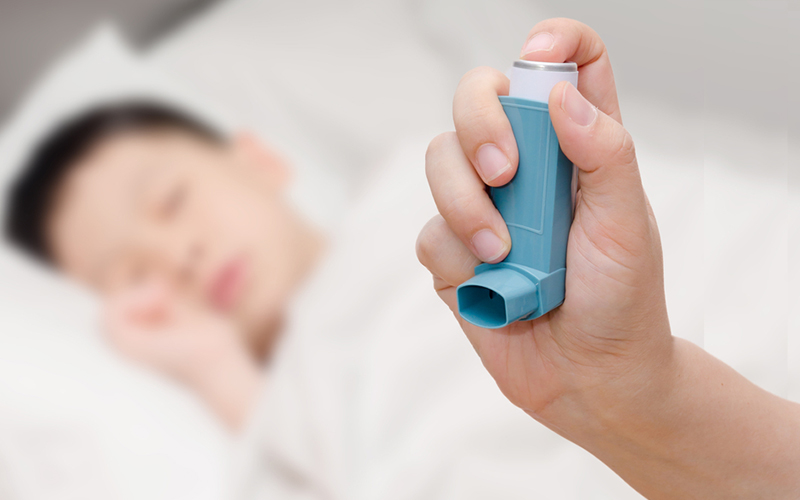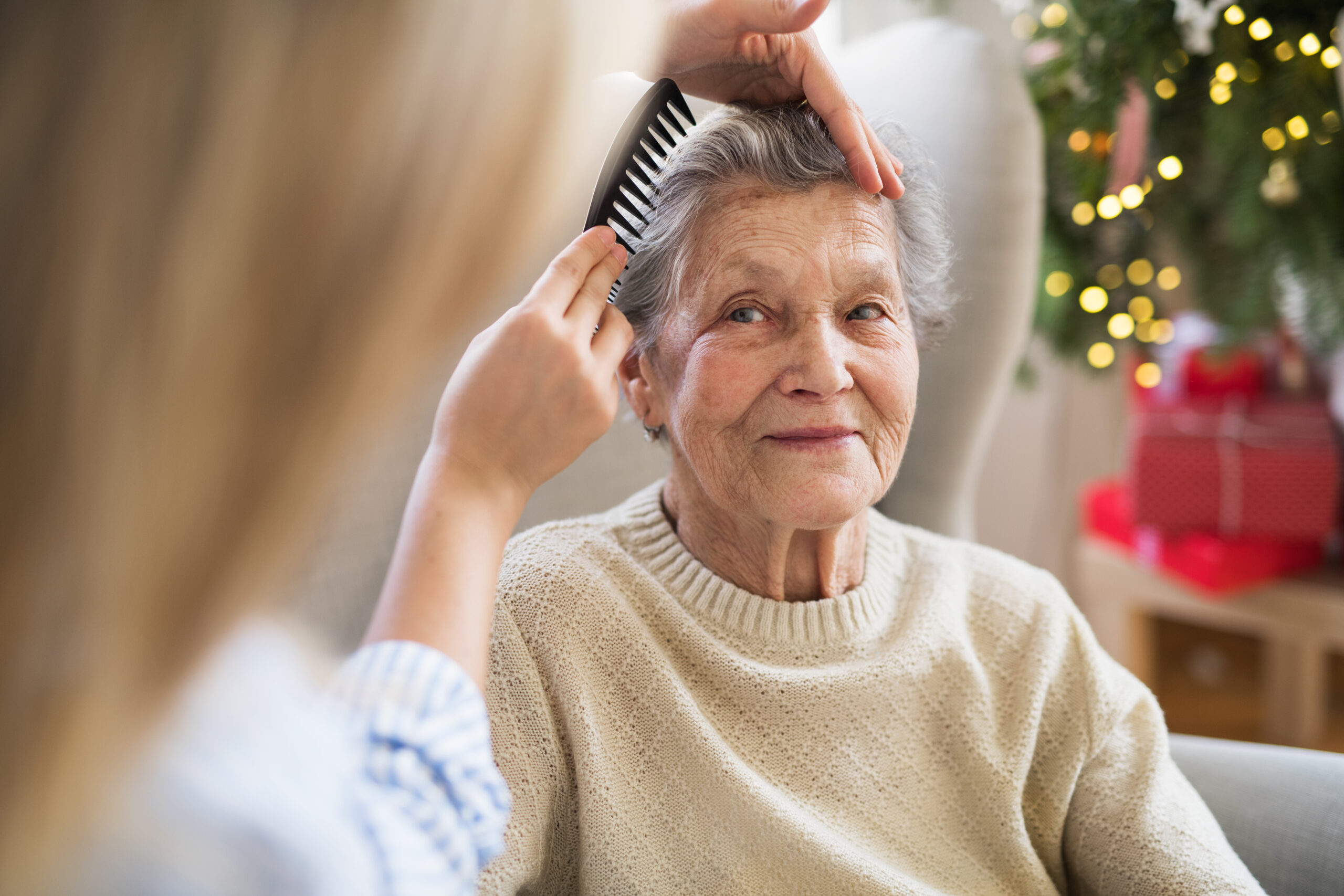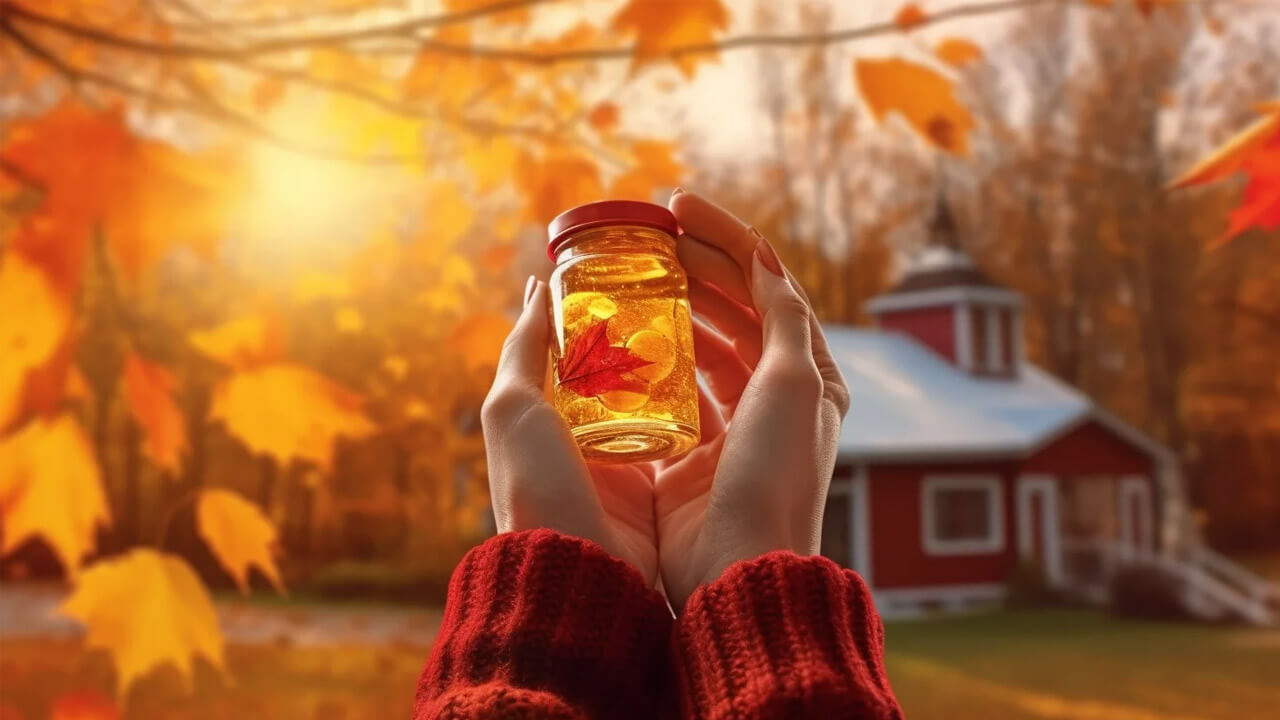You know that feeling. You wake up in the morning, eager to get ready and get the day going. But instead of easily popping out of bed, you’re struck by a sudden (and seemingly intrusive) bout of joint pain.
That damn arthritis is back at it again. And a quick look out the window tells you exactly why — it’s raining. Or snowing. Or otherwise a far cry from the outdoor conditions you experienced yesterday.
How frustrating! Today was supposed to be a day of getting things done.
What’s even more frustrating is that sleeping during a mellow spring rainstorm is one of life’s simple joys. The same goes for waking up after a long, silent night to see your backyard blanketed in the white of a fresh snowstorm. There’s just something about that tap, tap, tap on the roof that lets us know all is well in the world.
Until it isn’t. When you wake up with aching, cracking knees or wrists that can barely muster the flexibility to turn off your alarm, the subtle calm of the night is zapped away instantly, replaced with a feeling of dread for getting through the day to come. Especially when you felt just fine the day before, as it tends to go on warm sunny days.
The link between arthritis and weather
Cold and adverse weather conditions can affect arthritis patients because most likely because of sudden changes in air pressure. Barometric pressure, to be specific.
While specifics of what is causing your weather-induced arthritis may be different than why it happens to others, the general understanding is that rapid changes in pressure are tough on sensitive joints.
WebMD suggests that this could be because of the cartilage surrounding your joints. “It could be that when the cartilage that cushions the bones inside a joint is worn away, nerves in the exposed bones might pick up on changes in pressure,” says an article on their site titled Does Weather Affect Joint Pain.
When you feel a rain or snow storm coming in before it hits, this is because your body — read, your joints — picked up on the change in barometric pressure. This is a good indication that its time to take recommended precautions against increased joint pain It’s not a sign that you should apply to change jobs and become a weatherman (there’s still a lot of training that goes into getting those predictions wrong half the time, you know).
Also impacting joint pain and inflammation are quick changes in temperature, humidity, and precipitation. This is why your arthritis pain flares up when it rains even if it isn’t very cold outside. This is also why your joints may hurt after you step off a plane in a climate that is much more humid that you are used to. (If you’ve ever flown from the altitude of Colorado to a coastal beach destination, you may know this first hand!)
What you can do to ease your pain when it’s cold
Fortunately, you likely already have options at your disposal to help curb the arthritis pain. Any medication prescribed or recommended is a must-do on cold days when your joints flare up. Beyond your regular routine, here are a few options to get you loosened up for the day:
- Keep yourself as active as you can, and don’t hold the joints in uncomfortable positions for extended periods of time. Here is a list of simple and effective exercises for arthritis that you can implement on cold mornings. Bonus points if you plan ahead enough to work through the list the evening before. Outside of exercise, there are also other activities you can do in the winter.
- Stretching. Light, easy stretching of the joints and surrounding muscles is key. If you’re up for it, a round of arthritis yoga can do wonders for helping you feel limber and loose. Triple double bonus points if you squeeze in a round of tai chi.
- Focus on eating foods that are good for fighting joint pain and inflammation, such as quinoa, oatmeal, and fruit.
Beyond these tips, we recommend taking an all-natural supplement such as a green lipped mussel oil to help take the burden off, and to decrease the severity of impact from future cold snaps.
Green lipped mussels are a bivalve creature, similar to oysters, that are populous in regions off eastern New Zealand including the northern tip of the southern island, Marlborough Sounds, Coromandel/Hauraki Gulf, and other spots north and east of Auckland.
Our supplement, GLX3, is safe, all-natural, and can really help you stay loose — no matter the weather. Learn more here.




















